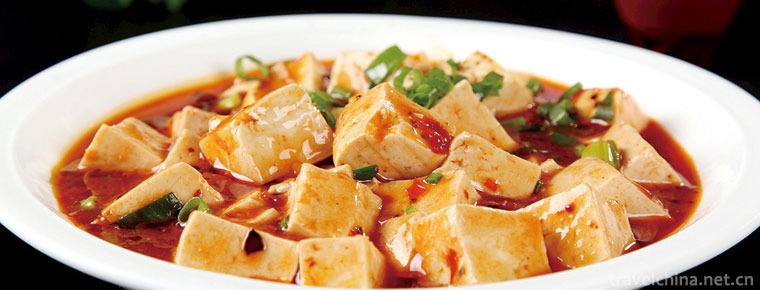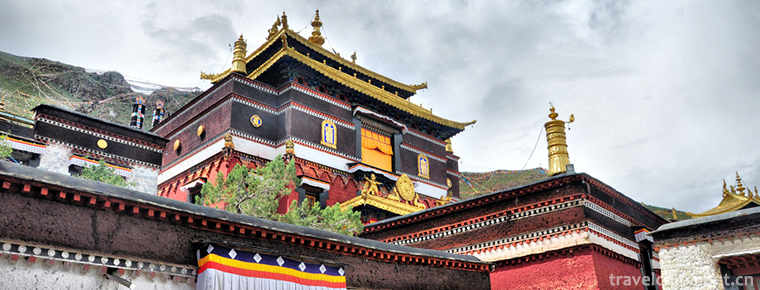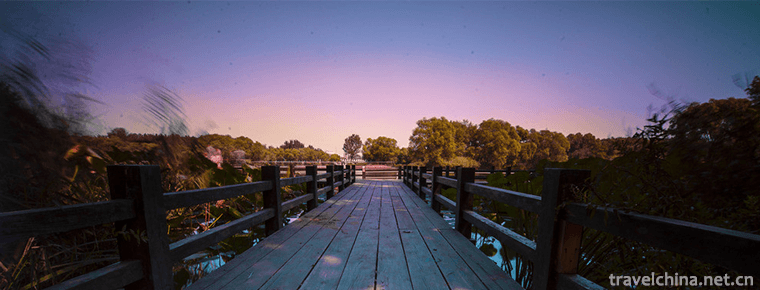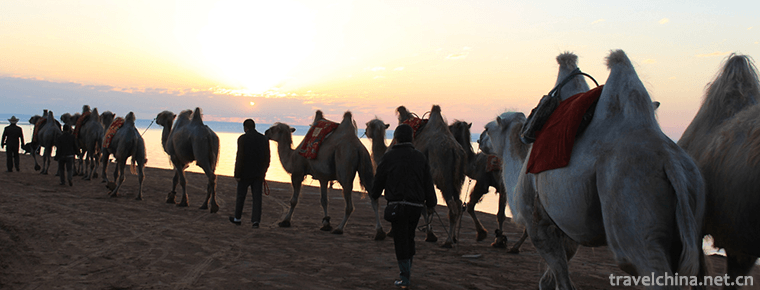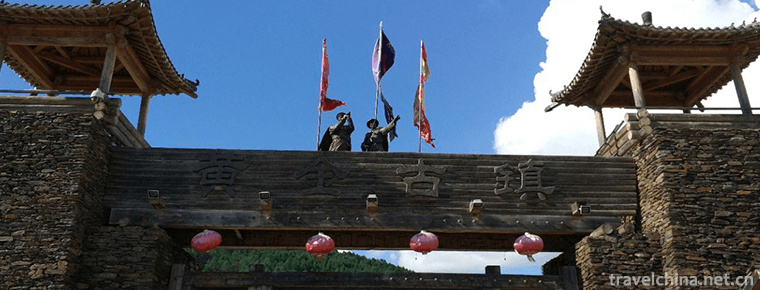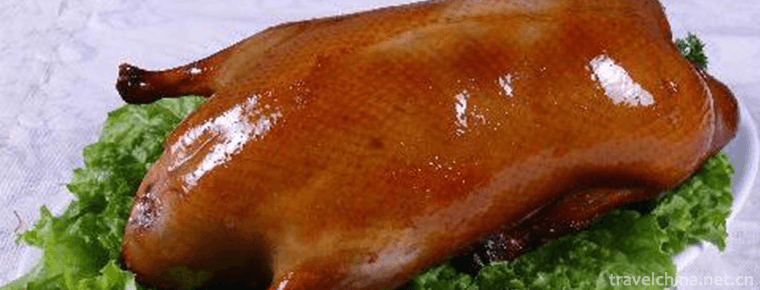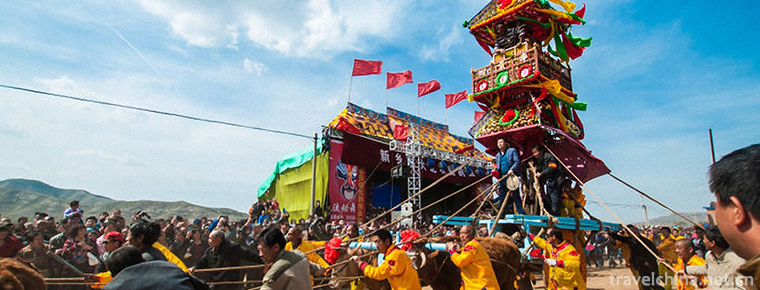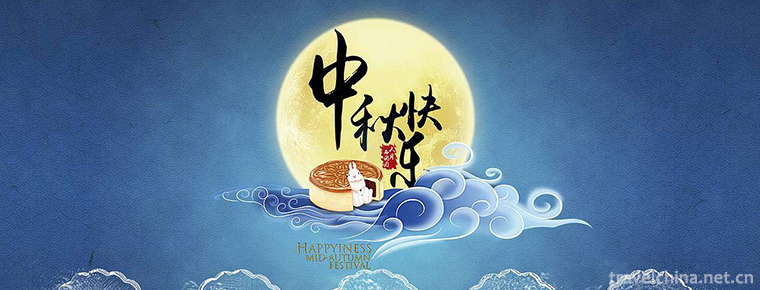Bao en Temple Pingwu
Bao en Temple Pingwu
Pingwu Baoen Temple is located in Pingwu County, Sichuan Province. It is 184 kilometers away from Mianyang City and 300 kilometers away from Chengdu. Located in the northeast corner of the county town, Baoen Temple covers an area of more than 27800 square meters and has a building area of more than 3500 square meters. It is one of the most complete preserved ancient buildings in Ming Dynasty in China. It is called "Jianxiu Baoen Temple". It was built in the fifth year of Ming orthodoxy (1440 A.D.) and completed in the fourth year of Tianshun. So far, it has a history of more than 560 years. The layout and structure of Baoen Temple is similar to the Forbidden City in Beijing. Legend has it that Wang Xie, a hereditary local official who guarded Longzhou in the Ming Dynasty, used heavy money to recruit craftsmen who had built the Forbidden City in Beijing, imitated its shape and built it by building civil engineering, so it is also called "deep mountain palace". From east to west, Baoen Temple is a tourist attraction with both palaces and temples, with its magnificent scale, rigorous layout, gorgeous decoration and exquisite workmanship. Baoen Temple was designated as a key cultural relic protection unit in Sichuan Province in 1956 and a national key cultural relic protection unit in 1996. Baoen Temple has been listed as the teaching and scientific research base of Tsinghua University because it provides important material materials to study the inheritance relationship between buildings in Ming Dynasty in structural form and architectural art. Baoen Temple attracts tourists from all over the world with its unique architectural structure, beautiful artistic shape and moving stories and legends.
geographical environment
Pingwu Baoen Temple is located in Pingwu County, Mianyang City, Sichuan Province, 184 kilometers away from Mianyang City. At present, Sichuan Province is one of the largest and most complete ancient buildings preserved in China in Ming Dynasty.
In the five years of Ming orthodoxy (1440), Wang Xie, the official of the Longan Palace, planned to build his palace by imitating the shape of the palace by lighting, because the system of overtaking was not completed. Later, in the eleventh year of orthodoxy, the temple was rebuilt as "Paying En" and completed in the fourth year of Tianshun (1460). The temple covers an area of nearly 2.5 hectares. It is centered on the Daxiong Palace on the top of the Xieshan Mountains with double eaves. The former is the Temple of Heavenly Kings, the latter is the Pavilion of Ten Thousand Buddhas, the left is the Palace of Great Tragedy, and the right is Huayan. There are a couple of buildings in front of the temple square, a couple of stone lions in front of the mountain gate, three Jinshuiqiao bridges in the mountain gate, the bell and drum towers arranged around, the layout is rigorous, and the decoration is gorgeous. It is a group of buildings with the characteristics of palaces and temples. Pingwu Baoen Temple provides important material materials to study the inheritance relationship between the Ming Dynasty buildings in terms of structural form and architectural art.
The large wooden works of Baoen Temple are preserved in many places with Song-style relics, and the buildings have obvious "side feet" and "rising". The angle family supports the old angle beams with the wood carved "angle gods". In order to meet the local seismic requirements, many unique treatment methods have been adopted in the structure. Especially, the center truss is made into a rectangular section, and the longitudinal and transverse joints are closely meshed, which strengthens the overall anti-seismic effect of the building. So the whole temple is still intact after many large earthquakes. The Ming Dynasty forehead color paintings left over from the Tianwang Temple of Baoen Temple began to show the pattern features of the Qing Dynasty spiral color paintings (see paintings). Huayan Tibet has a complete wheel collection, commonly known as the "Star Car". There are exquisite sculptures, reliefs and murals in the Great Sadness Hall, the Great Xiong Palace and the Wanfo Cabinet.
Main attractions
Six absolutely
One is the building materials of Baoen Temple. Its columns, beams, rafters, purlins and other wood materials are all precious Nanmu, which has the marvelous effect of moth-free and cobweb-free. This is unique throughout the country.
Secondly, there is a magnificent and experienced thousand-handed Guanyin in the Great Palace of Pessimism, with a gold-covered body, a crown on his head, a cyanine yarn on his head, a jar hanging down, barefoot, standing on the throne of overturning the lotus, with a soft and graceful posture. The body is carved from a thousand-year-old Nanmu. It is 9 meters high and has a fan-shaped 1004 hands behind it. These hands are uneven in front and back. They surround each other around and do not hide each other. They hang in a circle of 15 rounds. They look up and look gracefully like a giant and blooming golden chrysanthemum. They are beautiful and magnificent.
Thirdly, there are seven layers in Huayan Hall, eleven meters high and seven meters in diameter, resembling a Seven-level Buddhist pagoda. Buddhism holds that turning it around is like reciting the true words of "Six Characters" once, which can eliminate disasters and relieve hardships and prolong life. It has complex structure, exquisite production, exquisite craftsmanship and complicated carvings. It has high historical and artistic value for various gods, wood carvings, paintings and Buddhist classics on Tibetan bodies. For the best preserved one in China.
Fourth, Baoen Temple is the place where the dragons gather. In the temple, the image of the dragon is highlighted everywhere in the forehead beam, ceiling algae well, ridge tiles, incense burners, plaques, bells and buttons, or carved or painted, or cast or sculpted. Especially in Huayan Hall, the four clay sculptures with a length of 7 meters are the most exquisite. The temple has 9,999 dragons, plus the Dragon Place of "Long Live the Emperor Today", which totals 10,000 dragons, and is also known as "Deep Mountain Dragon Palace". If you have Yaxing, you may as well count them personally. These various dragons will make you a full eye.
Fifth, the Arch of Baoen Temple. Dougong is a major feature of Chinese ancient architecture and a miracle in the history of world architecture. The design and jump-out of the dome arch used in the building are exquisite, and the dome arch of Baoen Temple is the most in the country not only in quantity but also in pattern. The temple has 36 kinds of arch fighting, more than 2000, and is also known as the "Dougong Museum".
Sixth, there are murals of Baoen Temple. There are more than 300 square meters of precious Ming Dynasty murals in Daxiong Pavilion and Wanfo Cabinet. These murals include tall and solemn emperors, dignified and beautiful goddess and jade ladies with tribute in hand, strong and fierce-looking Tianwang Lishi, and temple monks with ten hands and humble feelings. All kinds of figure portraits are up to 3 meters high and low, looking around, surrounded by fairy clouds, and with the Golden Buddha statues worshipped by the cabinet as the stars arched moon, echoing back and forth, dynamic and static contrast, vividly constituting a solemn "protection map".
Temple Relics
Up to now, Baoen Temple has left two cultural relics, one is (commonly known as stone turtle) and the other is stone well fence. Stone tortoise: used as a stele. Because there are no stele stones on it, the relics left over from the year and month are now placed in Baoen Temple in Tianmuhu District, which is recorded in the Record of Restoration of Baoen Temple. This stone product is also a relic of ancient times, which can be visited by believers and visitors.
Shijinglan: This is the crown of Liyang ancient well fence. It has a precise chronological record. It was first placed outside the west gate of the city in the Tang Dynasty Lingling Temple (Liyang Hotel). In the Tang Dynasty, one well in Lingling Temple was called Chengguan Well, which was excavated by Chengguan Master. The well fence stone was later called "Tang Jinglan". After the Song Dynasty, the well was moved to the front of Baoen Temple in Huangjiacun, outside Licheng. In the early 1990s, they moved to Fenghuang Park in the northern suburbs to build pavilions for resettlement. This is a unique cultural relic of the Tang Dynasty preserved in Liyang City for more than a thousand years.
There are inscriptions around Jinglan Stone: "Wei (Sentence Modal Word) Tang Yuanhe (811 A.D.), Jiashen in May, Wushen in the 15th day of Shuo Dynasty, and Chengguan in Shamen is a permanent resident of Lingling Temple with stone wells and basins, and provide for them." Later, Chu Qing and Guo Tong were inscribed. In Jiaqing of the Qing Dynasty, Chen Hongshou (Zi Mansheng) of Zhixian County, Liyang, praised him by saying, "This is Nanshan Stone, which will be used to build wellbores. For thousands of generations, each has a Buddhist family affinity. There should be no immortal years to practice merits and virtues with all one's heart. He who wins with happiness is better than Maitreya." Although it is not engraved on the wellbore, it shows a reason. It has been more than 1190 years since this well fence was built. It can be regarded as the longevity of Liyang's ancient cultural relics. In the autumn of 1957, it was listed as a "second-level cultural relic protection unit" by Jiangsu Provincial People's Government.
Tourist guide
Ticket information: 40 yuan.
Opening hours: 08:30-17:30
Attraction Address: Pingwu Baoen Temple, Pingwu County, Mianyang City, Sichuan Province



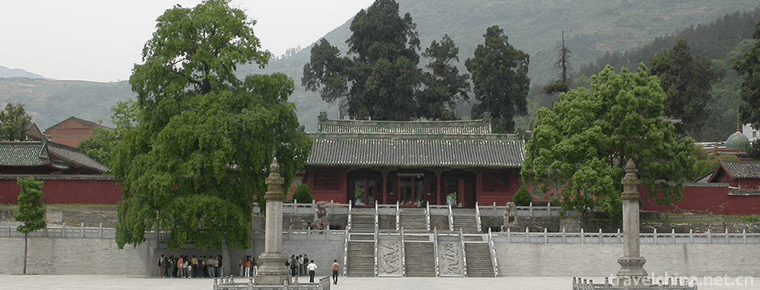
-
sauteed tofu in hot and spicy sauce
sauteed tofu in hot and spicy sauce is one of the traditional dishes in Sichuan.
Views: 206 Time 2018-10-12 -
Zhashlenbu Temple Scenic Spot in Shigaze
Zashrunbu Temple means "auspicious Xumi Temple". Its full name is "Zashrunbu Baijid Qinqu Tangkelenan Bajawalin". It means "auspicious must gather in Fushu to win over Fangzho.
Views: 225 Time 2018-12-12 -
Chaoyang Park Beijing Sun Park
Chaoyang Park in Beijing is a comprehensive and multi-functional cultural recreation and entertainment park with gardening as the main part. It is the largest city park within the Fourth Ring Road in .
Views: 118 Time 2019-01-05 -
Hongjiannao Scenic Area
Hongjiannao Scenic Area is located in Shenmu City, Shaanxi Province. It is located in the transitional zone between the Loess Plateau and Inner Mongolia Plateau, at the junction of Maowusu .
Views: 113 Time 2019-01-16 -
Taipinggou Golden Town
The scenic spot of Taipinggou Gold Town is based on the history of gold mining in Taipinggou in late Qing Dynasty. It deeply excavates the historical culture and characteristic tourism resources.
Views: 445 Time 2019-01-18 -
Mudan River Side Wall
The Mudanjiang Side Wall was built in the Tang Dynasty, presumably at the junction of Mudanjiang City in Heilongjiang Province and the northeast of Hailin County. .
Views: 286 Time 2019-02-07 -
Pot fried chicken
Guguo fried chicken is a local traditional dish in Changshu, Jiangsu Province, which belongs to the Su cuisine family. Located at the foot of Yushan Mountain in Changshu.
Views: 258 Time 2019-03-25 -
Four Scenic Car Race
Duyuan Sijing Car Race is a folk activity in Pingshun County, Shanxi Province. In May 2011, Pingshun County, Shanxi Province declared the "Four Scenic Car Race .
Views: 349 Time 2019-04-28 -
Mid Autumn Festival
Mid-Autumn Festival, also known as Moon Eve, Autumn Festival, Mid-Autumn Festival, August Festival, August Meeting, Moon Pursuit Festival, Playing Moon Festival, Moonworship Festival, Daughter's Festi.
Views: 129 Time 2019-08-03 -
Exhibition hall of taipingdu in Chishui
Gulin Taiping ferry, located in Taiping town at the intersection of the upper reaches of Chishui River and Gulin River, is the most important ferry for the Red Army to cross Chishui on the Long March, with an area of about 1.5 square kilometers. The residential buildings of the Qing Dynasty in the ancient streets of the town are well preserved, one after another.
Views: 206 Time 2020-10-16 -
Meishan mineral resources
There are 25 kinds of minerals in Meishan, mainly including coal, natural gas, iron, copper, lead, zinc, manganese, placer gold, glauberite, gypsum, bentonite, phosphorus, dolomite, cement limestone, magnesite, granite for facing, vein quartz, crystal, quartz sandstone,.
Views: 261 Time 2020-12-18 -
Meishan population
At the end of 2019, the total registered residence population was 3 million 422 thousand and 600, of which 1 million 194 thousand and 900 were urban population. At the end of the year, there were 2.995 million permanent residents, including 1.433 million urban.
Views: 333 Time 2020-12-18
